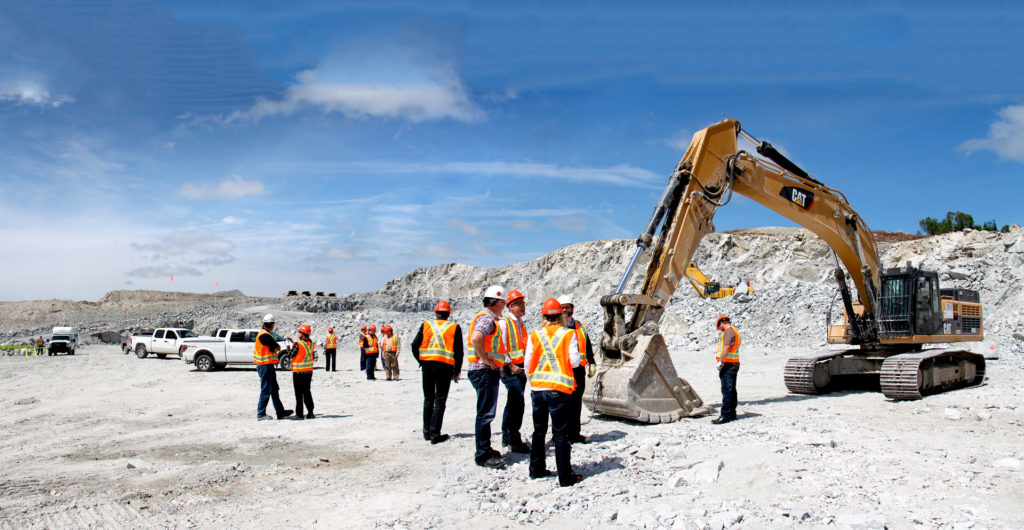Canada must invest more in mining to regain top production spot, says MAC report


Canada’s mining sector has recovered from the challenges of the pandemic, but more investment is urgently needed for Canada to fulfill its promise as a key player in the global green economy, says a new report from the Mining Association of Canada (MAC).
"The Canadian Mining Story: Economic Impacts and Drivers for the Global Energy Transition," released on Wednesday, details how the sector contributed $125 billion (or 5%) to the GDP in 2021.
But while the report notes encouraging actions from the federal government to help build an efficient investment and regulatory environment, such as its unveiling of the nearly $3.8-billion Critical Minerals Strategy last December, the 2022 Fall Economic Statement and the 2022 and 2023 budgets, it says more needs to be done.
Canada is no longer the top producer of minerals needed for a low-carbon economy, like zinc and nickel, MAC says, and many other minerals aren’t being produced at the level they were a decade ago. The report points to a decrease in mineral investment as the cause of the production decline.
“The stakes have never been higher and this year’s report demonstrates that, with the right supports, our industry will be better able to provide the sustainably produced products essential to businesses and the public, both domestically and for our allies across the globe,” said MAC President and CEO Pierre Gratton.
Comments
Alain Jean
Quels sont les avancés pour le Nord-du-Québec ?